The way we create, distribute and use energy is changing — fast. The shift from fossil fuels to renewables isn’t only about clean energy; it’s about building a more stable, affordable, reliable and sustainable energy future.
But, what’s driving this change? Climate concerns, volatile energy markets and the global push for net zero by 2050 are key factors. At the same time, new technologies in renewables, smart grids and low-emission fuels are transforming the industry.At Beca, we support our clients in turning energy possibilities into reality. By partnering with our clients, we advise and design practical, future-ready solutions that reduce environmental impact while keeping energy systems reliable and efficient — because progress shouldn’t come at the cost of reliability.
Join us as we explore the challenges shaping the energy transition, the policies driving change and the innovations paving the way for a cleaner, more resilient energy future.
The global energy crisis: A turning point
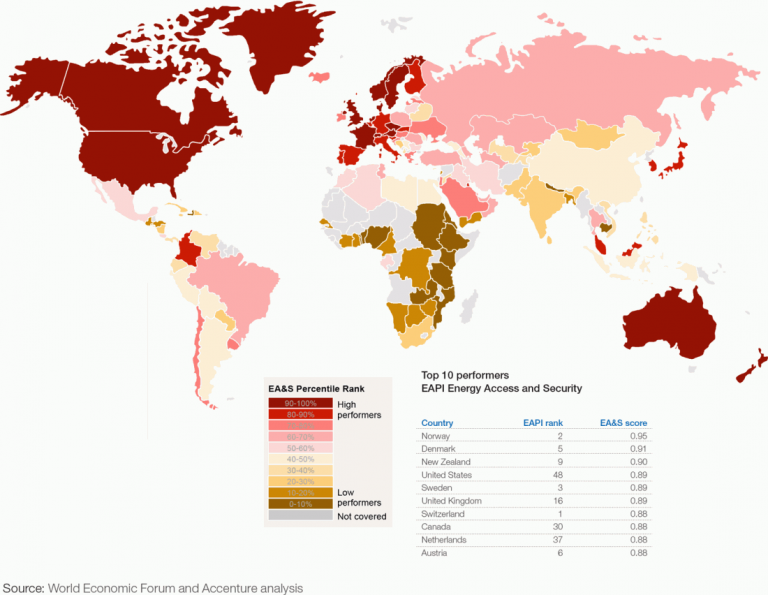
Source: Internet Geography
The energy crisis has shifted global priorities, emphasising the importance of switching to sustainable energy. The crisis was first sparked by minimal investment in energy infrastructure following the 2014 oil price drop, but it quickly worsened due to increased post-pandemic energy demand and geopolitical concerns, such as Russia's invasion of Ukraine, which disrupted natural gas supply and drove prices to all-time highs1.
Key impacts include:
- In 2022, over 75 million people fell into energy poverty2.
- Developing nations faced reduced access to cooking fuel, worsening health outcomes3.
- Europe’s industrial output dropped 12% due to high energy costs4.
- Globally, foreign development investments have declined by 12%, slowing renewable transitions5.
Despite the hurdles, renewable energy has been critical in lessening the impact of the crisis. As traditional resources failed to meet rising energy costs, renewables filled the gap. In Europe, for example, they accounted for 44% of power generation in 2023, up from 37% in 2020, helping to lessen reliance on volatile fossil fuel markets6. In 2023, over 40% of the world’s electricity came from zero-carbon sources like renewables, hydro and nuclear power — which is a remarkable milestone in the energy transition7. This progress shows that renewables aren’t just a short-term solution — they’re shaping a cleaner, more sustainable and reliable energy future.
See how Beca’s renewable energy solutions are helping to tackle the global energy challenge — and how renewables compare to traditional power sources.
Policies shaping the future of energy
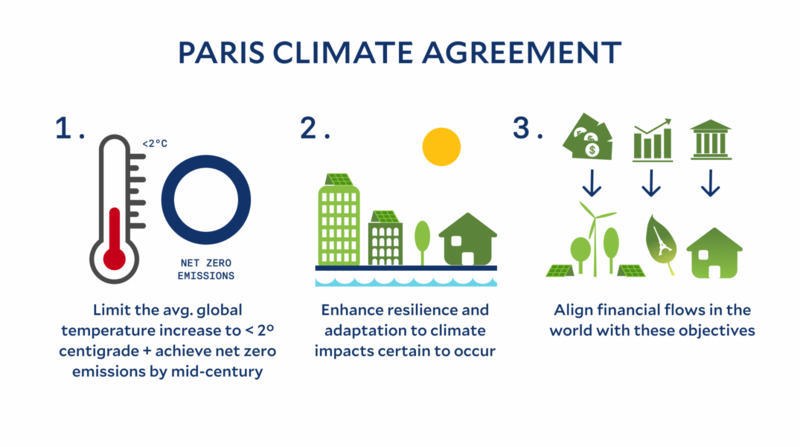
Source: Yale Sustainability
Bold policies and ambitious targets are driving the shift to greener energy worldwide. The Paris Agreement commits countries to net-zero emissions by 2050, with 2030 set as a key milestone. Programs like the EU’s RePowerEU and the US Inflation Reduction Act are investing heavily in renewables and reducing dependence on fossil fuels. In India, the National Solar Mission is pushing for massive solar expansion, aiming for 280 GW of capacity by 20308.
Australia is also making major moves. The Powering Australia Plan targets a 43% emissions cut by 2030 and net zero by 20509. The Rewiring the Nation project is modernising infrastructure, while the National Hydrogen Strategy is positioning Australia as a global hydrogen leader. Green Energy Transformation Agreements with state governments are accelerating renewables at scale.
These efforts are already delivering results. By 2023, renewables made up 39.4% of Australia’s electricity generation, marking a 9.7% increase from the previous year10. On a global scale, investment in renewable energy reached $1.7 trillion in 2024, making up more than 60% of total energy spending11.
So, while sustainable fuels are absolutely vital in reaching net-zero targets, developments in renewable energy transmission are making clean power more affordable and dependable as policies drive momentum.
How can we build a cleaner energy future?
The global energy crisis has made one thing clear: depending too heavily on fossil fuels is a risky proposition. We’re at a crossroads with rising energy prices, stressed supply networks and mounting concerns about climate change. The task now is to identify practical, long-term solutions that not only address current issues but also set us up for a more stable, sustainable energy future.
Lowering greenhouse gas emissions relies on transitioning from fossil fuels to renewable energy, but the pace and approach vary across sectors. It's already having a big impact, with clean substitutes such as hydropower, solar and wind providing sustainable choices to slowly replace coal and natural gas. Some sectors, though, have particular hurdles. Industries such as steel and chemicals depend on energy-intensive operations that are difficult to electrify and gain from creative ideas like hydrogen technologies and carbon capture. These solutions provide realistic ways to reduce emissions in industries where switching to renewables isn’t straightforward.
2. Building stronger energy infrastructure
Energy generation is only part of the equation — what matters just as much is how reliably it reaches homes, businesses and industries. As renewables take on a bigger role, infrastructure has to keep up. Large-scale battery storage and hydrogen fuel cells help balance supply, storing excess energy for times when the sun isn’t shining or the wind isn’t blowing. But storage alone won’t cut it. Power grids need serious upgrades to handle the ups and downs of renewable energy, reduce waste and improve reliability. Even the best sustainable energy tech won’t reach its full potential without the right infrastructure to support it. That’s the missing piece. A reliable energy future — one that keeps up with demand while moving away from fossil fuels — is within reach, but only if we invest in systems that can handle the shift.
3. Working together globally: No country can tackle the energy crisis on its own. Without a doubt, it’s a global challenge that requires a global response. The World Energy Outlook 2023 makes it clear: to stay on track with climate goals, renewable energy capacity needs to triple by 203012. That means a major investment, especially in developing nations, where climate impacts hit hardest and access to clean energy can be limited. Speeding up the shift to renewables is only part of the solution; making sure that clean energy is accessible and beneficial for all is just as important. Supporting energy projects in the regions that need them most helps create a fairer transition — one that improves energy security, boosts local economies and builds a more sustainable energy future.
For more information on related topics, take a look at our resources about how reducing carbon emissions is changing energy systems, as well as the latest improvements in energy storage.
The advantages and challenges of energy alternatives
Renewable energy is reshaping the way we power the world, offering clear economic and environmental benefits. In 2022, global renewable capacity expanded by 295 GW, marking a 9.6% increase — a clear sign of the rapid shift towards cleaner energy13. In Australia, rooftop solar alone prevents nearly 17 million tonnes of CO₂ emissions each year, demonstrating the real impact renewables have in reducing emissions and supporting a more sustainable future14. But while renewables cut emissions, they also bring new challenges:
- Too much solar at once can overwhelm the grid. This leads to minimum demand — when rooftop solar generates so much electricity, the demand for grid power drops too low, making the system unstable.
- Traditional power plants (coal, gas) help balance the grid by providing stability services like inertia and system strength — something wind and solar don’t naturally offer.
- Batteries and flexible demand strategies help. Batteries store excess solar power and release it later, while shifting energy use to peak solar hours can reduce waste.
- Managing renewable energy is as important as generating it. It’s not just about building more wind and solar; it’s about ensuring the grid can handle the transition smoothly.
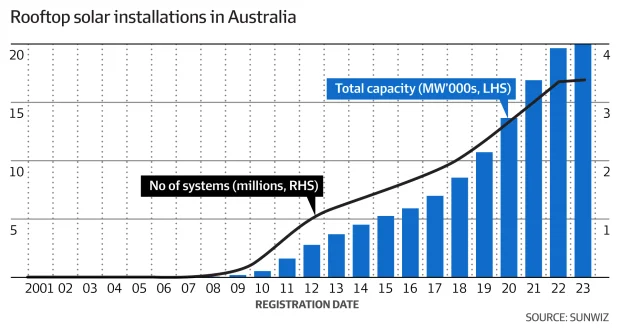
Source: Static
Let’s take a closer look at the key benefits and challenges of renewable energy alternatives.
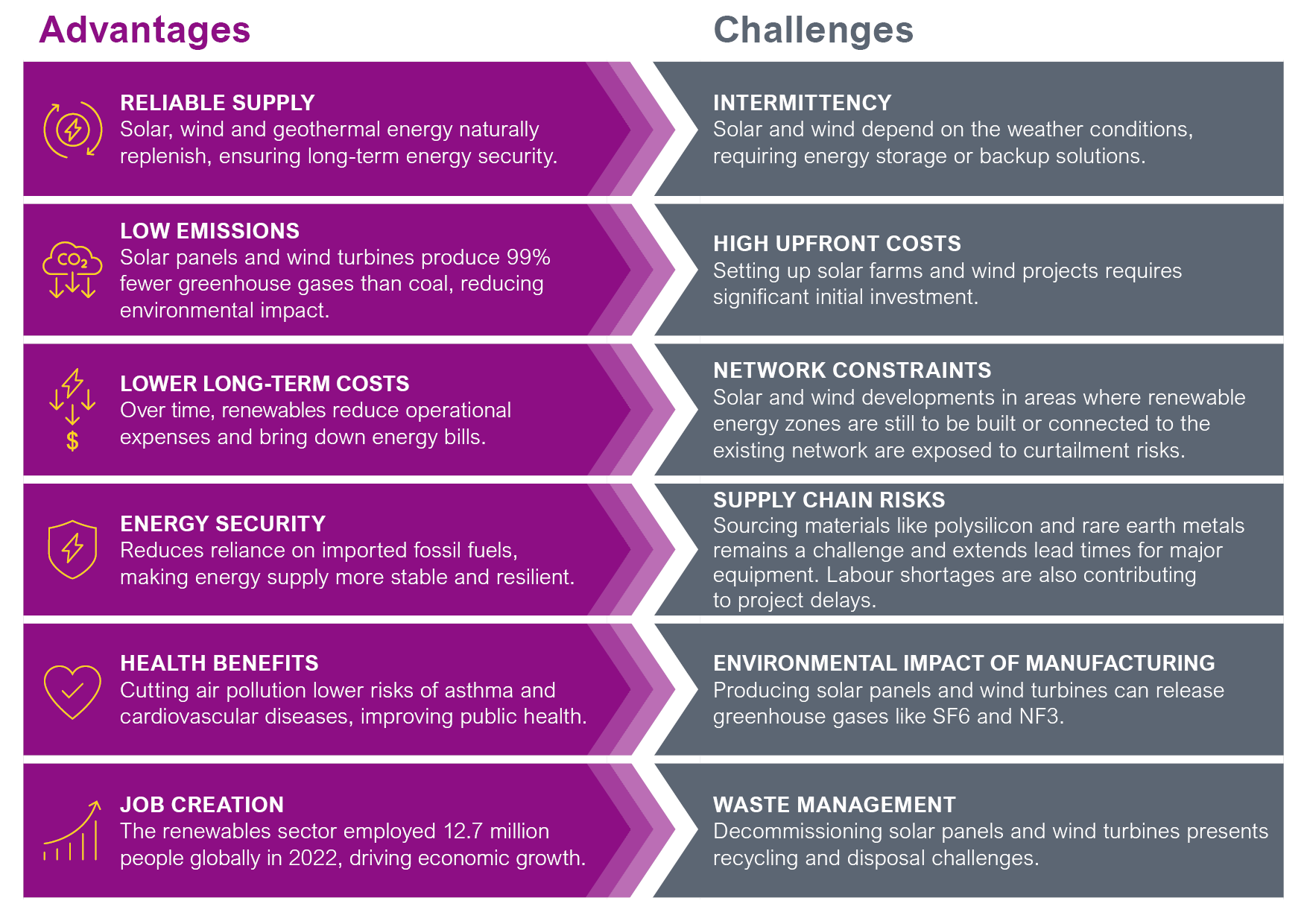
As we can see, renewable energy has huge benefits, but making the transition work means tackling some big challenges. Supply chain constraints and energy storage need smart planning, innovation and the right investment to keep momentum going. For more information on this topic, check out our blogs on sustainable and alternative fuels, as well as on the supply chain issues and the minerals needed for renewable energy.
The future of energy: What's next?
By 2030, renewables are expected to generate nearly half of the world’s electricity, driven by cleaner technologies and stricter climate policies. Reliance on fossil fuels may fall below 73%, which would represent a dramatic change in how energy is generated and used16. But this transition isn’t just about replacing one energy source with another — it’s about building a more resilient, efficient and sustainable energy system.To reach net zero emissions by 2050, we’ll need to use more electricity, capture carbon and develop hydrogen alternatives. Artificial intelligence (AI) will also be critical to managing energy. It can help predict power grid issues, stop blackouts and optimise energy use. Also, local energy grids that use renewable sources and battery storage will lower our reliance on standard power systems and make energy supply more reliable.
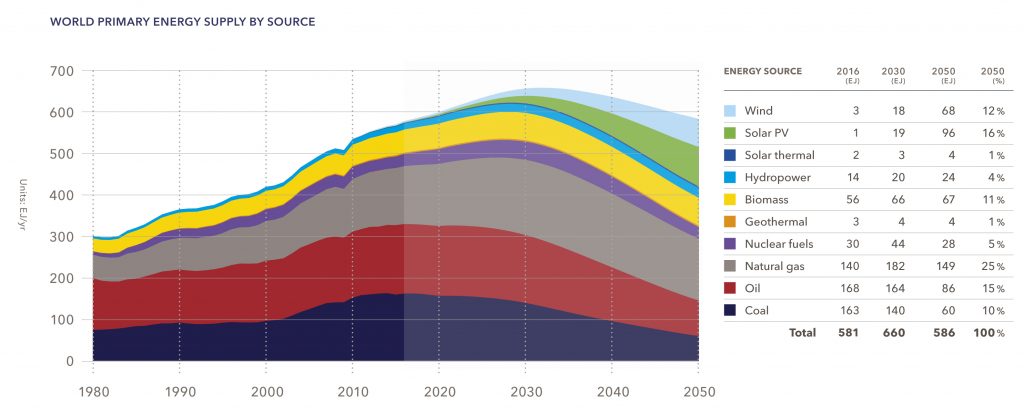
Source: Avenston
Better energy management tools — powered by AI and predictive analytics — will help make accurate forecasts and support programmes that adjust energy use according to real-time supply and demand. According to the International Energy Agency (IEA), global investment in renewable energy must triple by 2030 to stay on track with climate and energy targets17. Meanwhile, hydrogen is expected to become an even more important energy source, with estimates suggesting that it could provide 12% of the world's energy by 2050.
Clearly, the momentum is there. The challenge now is that energy transition needs to move fast and at scale while still helping power stay reliable, affordable and accessible for everyone.
Let’s build a smarter, cleaner energy future
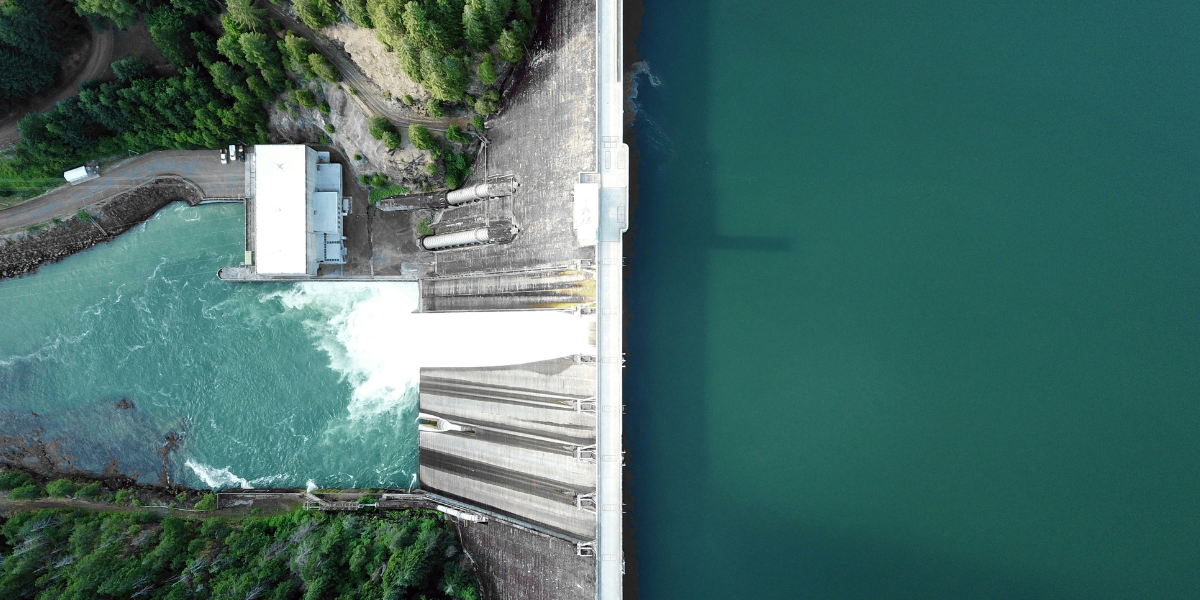
Source: Dan Meyers
The shift to cleaner energy is happening now, but getting it right takes more than good intentions. It takes smart thinking, bold ideas and the right people working together — governments, businesses and communities all have a role to play. With that being said, the transition needs to also be practical, fair and built to last. That’s where Beca comes in.
We help our clients understand the ins and outs of energy transition by breaking down each challenge and turning obstacles into opportunities. We focus on practical solutions to create better infrastructure, integrate renewable energy and help businesses reduce their carbon emissions while still keeping their energy systems reliable.
Thinking about your next step? Let’s talk. Contact us to see how Beca can help your organisation shape a cleaner, more innovative energy future.
Sources:
-
IEA - Global Energy Crisis
-
IEA - Energy Efficiency 2022
-
IEA - Access to clean cooking
-
The Center on Global Energy Policy - Anatomy of the European Industrial Gas Demand Drop
-
UNCTAD - World Investment Report 2023
-
Ember - European Electricity Review 2024
-
BloombergNEF - Clean Electricity Breaks New Records; Renewables on Track for Another Strong Year
-
International Trade Administration - India Renewable Energy
-
Australian Government | Department of Climate Change, Energy, the Environment and Water - Powering Australia
-
Clean Energy Council - Clean Energy Australia 2024
-
Bloomberg - Energy Transition Factbook 2024
-
IEA - World Energy Outlook 2023
-
IRENA - Record Growth in Renewables Achieved Despite Energy Crisis
-
Ministers for the Department of Industry, Science and Resources - Record 3 million rooftop solar energy installations
-
Australian Government | Clean Energy Regulator - Renewable Energy Target
-
Planet Ark - Clean energy set to power nearly half of world's electricity by 2030
-
IRENA - Tripling renewable power and doubling energy efficiency by 2030: Crucial steps towards 1.5°C
-
IRENA - Geopolitics of the Energy Transformation